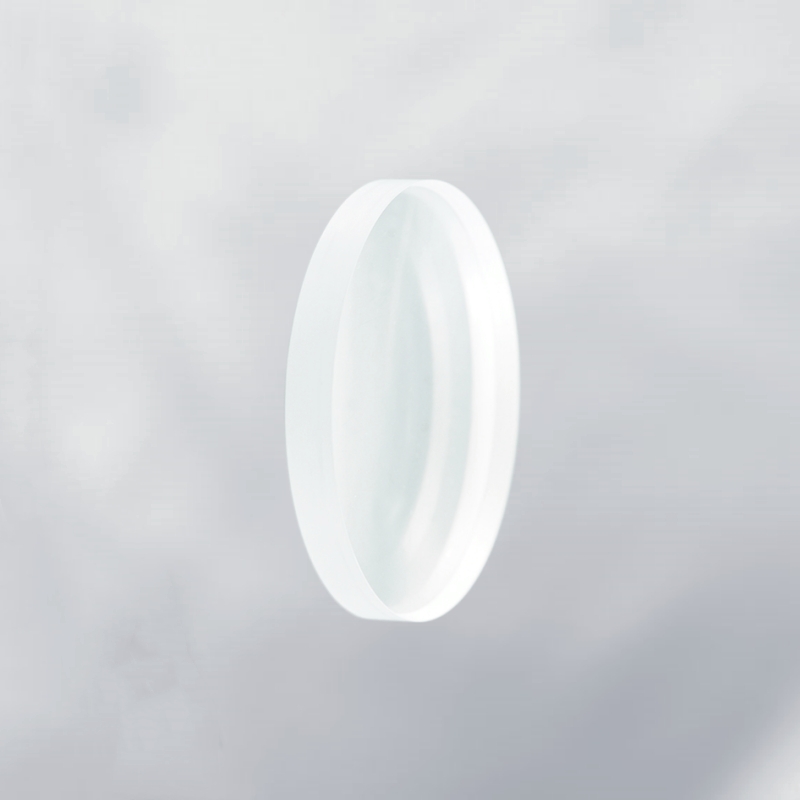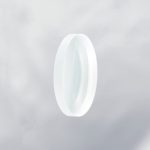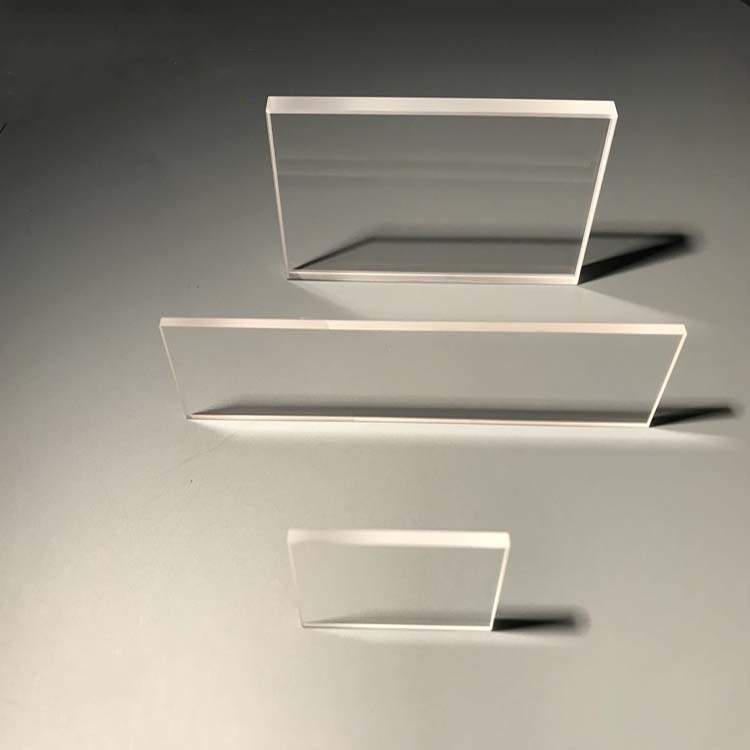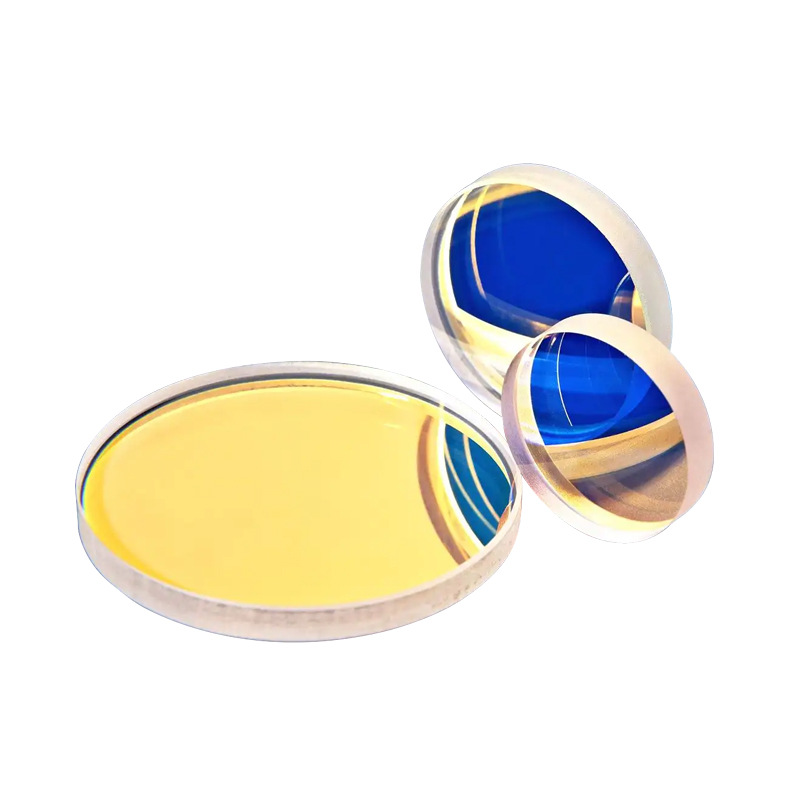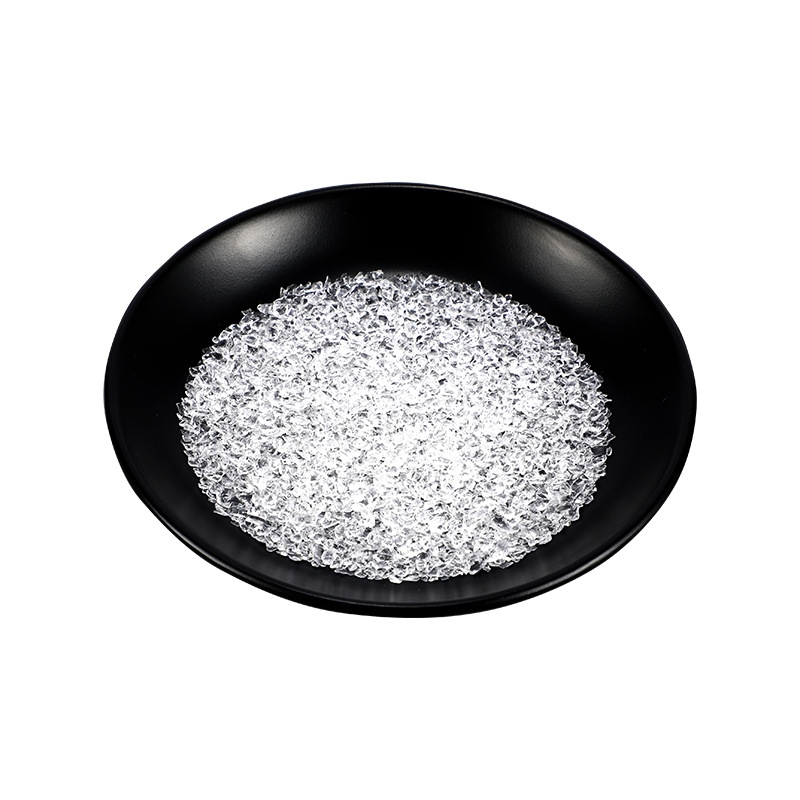Magnesium fluoride plano-concave lens is a high-performance optical component designed for superior ultraviolet and infrared transmission, excellent durability, and precise beam divergence control. Manufactured from high-purity MgF₂, it offers outstanding optical clarity, minimal distortion, and high resistance to environmental degradation. This lens is widely used in laser systems, spectroscopy, aerospace applications, and precision scientific instruments, ensuring optimal optical performance for advanced imaging and beam-shaping applications.
Product Overview
The magnesium fluoride plano-concave lens is an optical element made from magnesium fluoride, characterized by a plano-concave shape (one flat surface and one concave spherical surface). Magnesium fluoride is a birefringent crystal that exhibits excellent optical properties, especially in the ultraviolet (UV) spectrum. It offers good transmission across the UV, visible, and infrared wavelengths, making it ideal for use in laser systems, infrared and UV optical systems, and high-energy detectors. This lens is typically used in optical systems that require high transmittance and excellent imaging quality, especially for signal transmission and imaging precision applications.
Key Features
- High Transmission: Excellent light transmission in the UV, visible, and infrared bands, ensuring high optical efficiency.
- Negative Spherical Aberration: The lens produces negative spherical aberration, which is useful for beam expansion or increasing focal length, and compensating for deviations in other lenses.
- Precision Manufacturing: The lens is made with precision cutting, grinding, and polishing techniques to ensure superior surface quality and optical performance, suitable for high-precision optical systems.
- Customizable: The size and shape of the magnesium fluoride plano-concave lens can be customized to meet the specific requirements of different optical systems.
Applications
- Laser Systems: Widely used in laser systems, especially for beam expansion and focal length adjustment.
- Infrared and Ultraviolet Optics: Suitable for infrared and UV optical systems, with significant applications in high-energy detectors.
- Optical System Correction: Used to correct spherical aberrations in optical systems, improving imaging quality.
- High-Energy Detectors: Due to its excellent transmission and efficient imaging properties, the lens is commonly used in high-energy detectors and other advanced optical devices.
- Research and Custom Applications: Custom-designed for use in scientific research and precision imaging systems, tailored to meet specific system requirements.
| Optical Property | Value |
| Transmission Range | 0.12-9 μm |
| Transmittance | >90%@0.193-6μm |
| Refractive Index | NO=1.566, Ne=1.568@0.13μm |
| NO=1.334, Ne=1.343@5μm | |
| Reflection Loss | 11.2%@0.12μm (both surfaces) |
| 5.7%@0.22μm (both surfaces) | |
| 5.1%@1μm (both surfaces) | |
| Absorption Coefficient | 40×10⁻³@2.7μm |
| Structure | Square Crystal System |
| Cleavage Planes | <100 |
| Physical Property | Value |
| Density | 3.177 g/cm³ |
| Melting Point | 1255 ℃ |
| Thermal Conductivity | 21 W/(m·K) //c, 33.6⊥c @ 300K |
| Thermal Expansion | 13.7×10⁻⁶/K //c, 8.9×10⁻⁶/K ⊥c @ 373K |
| Knoop Hardness | 415 kg/mm² |
| Specific Heat Capacity | 1003 J/(kg·K) |
| Dielectric Constant | 4.87 //c, 5.44⊥c @ 1MHz |
| Young's Modulus | 138.5 GPa |
| Shear Modulus | 54.66 GPa |
| Bulk Modulus | 101.32 GPa |
| Poisson's Coefficient | 0.276 |
| Chemical Property | Value |
| Solubility | 0.002 g/L @ 20℃ |
| Molecular Weight | 62.3018 g/mol |
| Property | Value |
| Diameter Range | 2-300mm |
| Focal Length | 15-5000mm |
| Thickness | 0.12-60mm |
| Surface Quality | 80-50, 60-40, 40-20, 20-10, 10-5 |
| Surface Flatness | λ/2, λ/4, λ/8, λ/10 |
| Clear Aperture | >90% |
| Coating | Customizable |
Submit Your RequirementsWe will contact you within 24 hours.
 WOBO Scientific Research New Materials One-Stop Service Platform
WOBO Scientific Research New Materials One-Stop Service Platform


